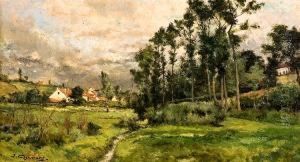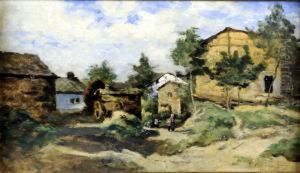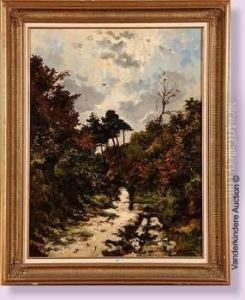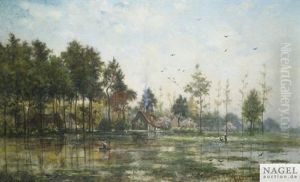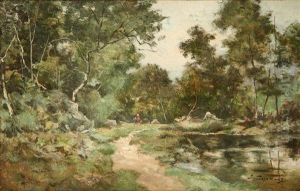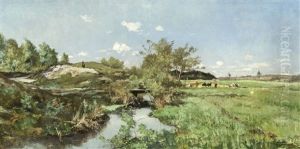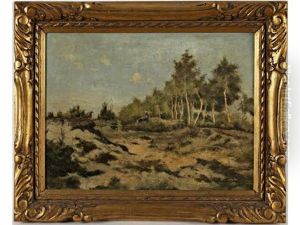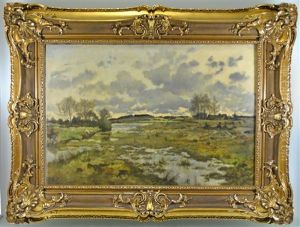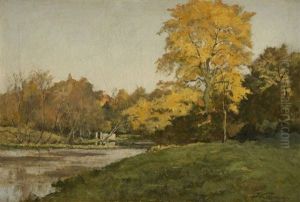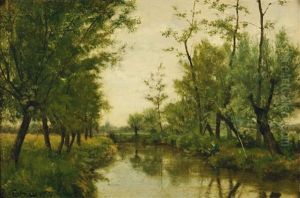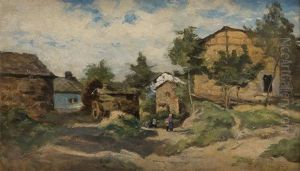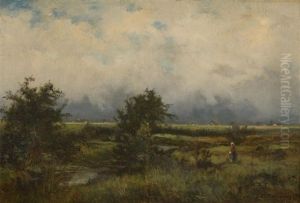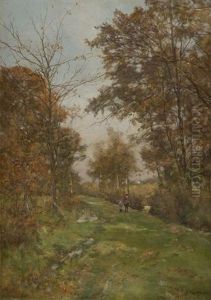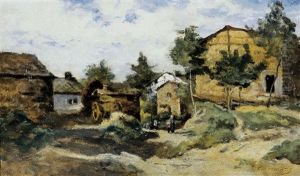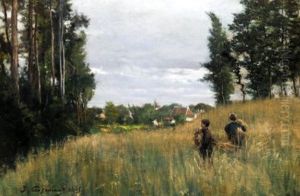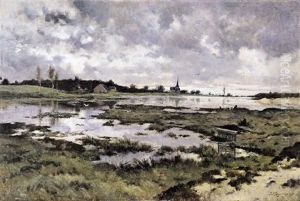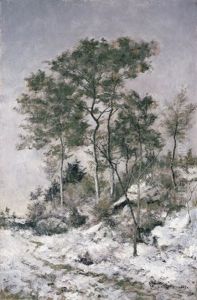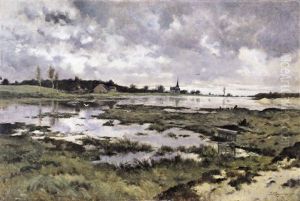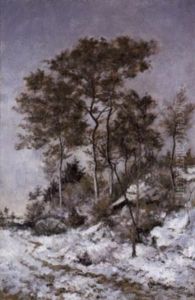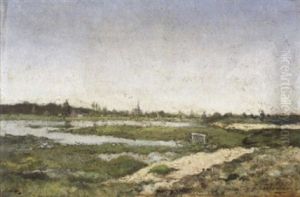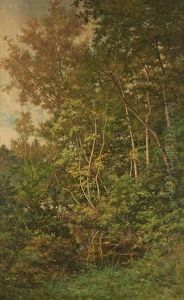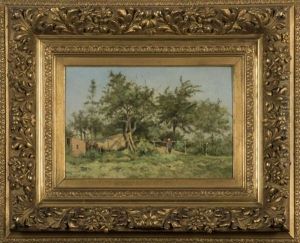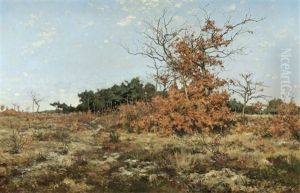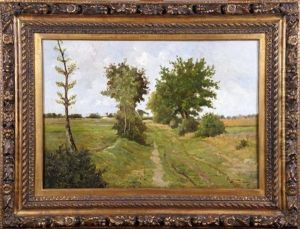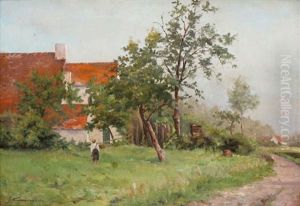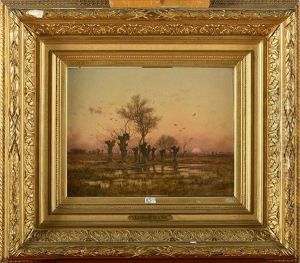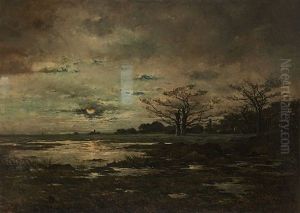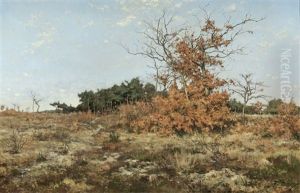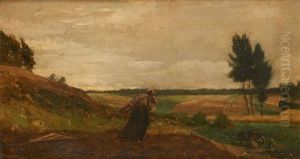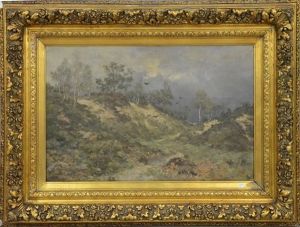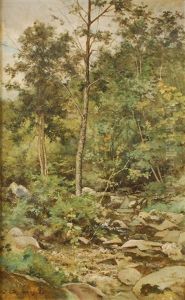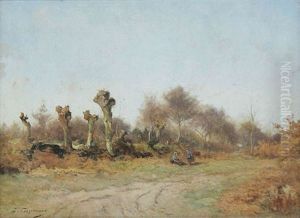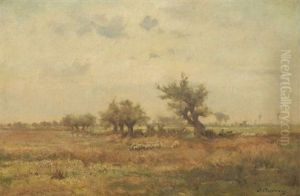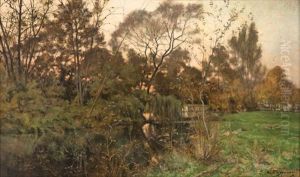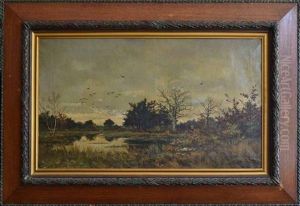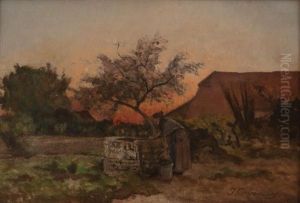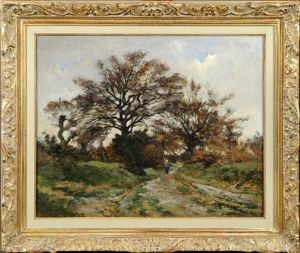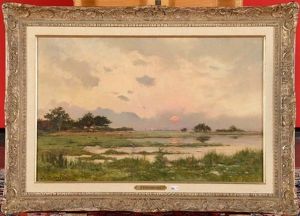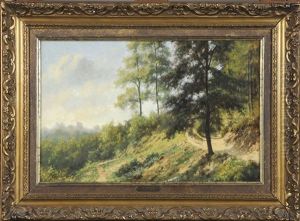Joseph Theodore Coosemans Paintings
Joseph Theodore Coosemans was a Belgian landscape painter associated with the School of Tervuren, a group of artists who gathered in the village of Tervuren to paint nature and the Sonian Forest in the mid-19th century. Born in Brussels on December 8, 1828, Coosemans initially trained under the landscape painter Balthazar Tasson-Snel, who provided him with a classical foundation in painting.
Coosemans' style was deeply influenced by the Barbizon school, a French art movement that emphasized painting en plein air (outdoors) and focused on the beauty of the natural world. He was particularly inspired by the works of Camille Corot and Charles-François Daubigny. Coosemans himself became known for his ability to capture the intricate play of light and shadow in forest scenes and rural landscapes.
In 1866, Coosemans moved to Tervuren, where he became a central figure in the School of Tervuren. This group of artists was part of a broader movement towards realism in art, which sought to depict the world without idealization. Coosemans' work from this period reflects his deep engagement with the local environment, with meticulous attention to detail and a palette that captured the lushness of the Belgian countryside.
Throughout his career, Coosemans exhibited his work at various salons and exhibitions, gaining recognition for his contribution to Belgian landscape painting. He also traveled to study nature in different regions, including the Campine, the Ardennes, and abroad in France, Italy, and Switzerland, where he found additional inspiration for his canvases.
Joseph Theodore Coosemans' legacy is that of a painter who bridged the gap between traditional landscape painting and the emergent plein-air practices that would become central to Impressionism. His works are characterized by their serene and contemplative quality, and they continue to be appreciated for their contribution to the landscape genre.
Coosemans passed away on October 6, 1904, in Schaerbeek, leaving behind a body of work that continues to be celebrated for its portrayal of the natural beauty of Belgium and its influence on subsequent generations of landscape artists.
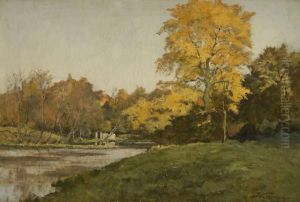
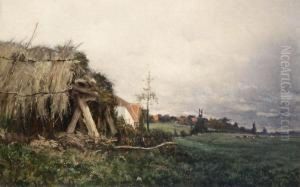
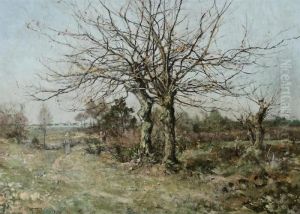
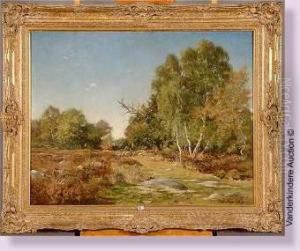
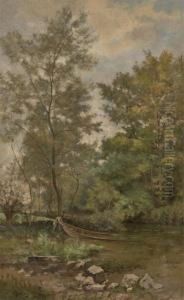
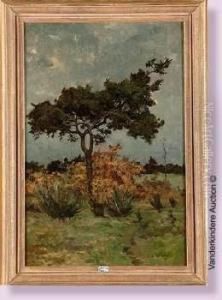
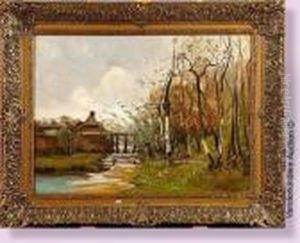
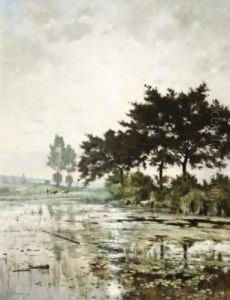
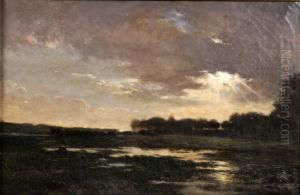
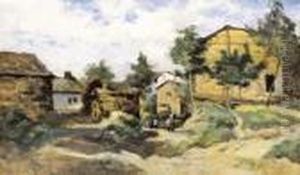
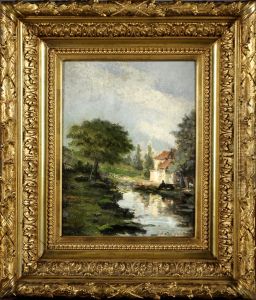
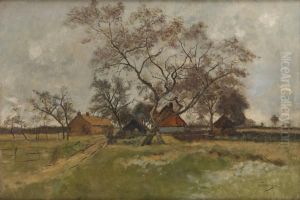
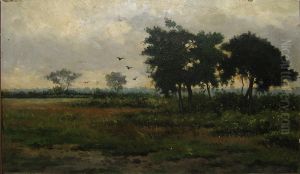
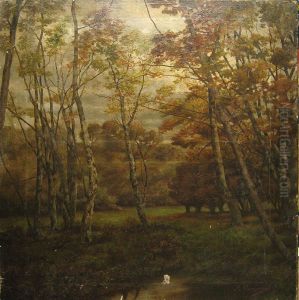
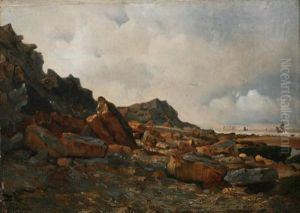
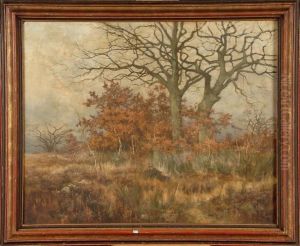
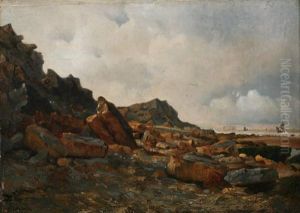
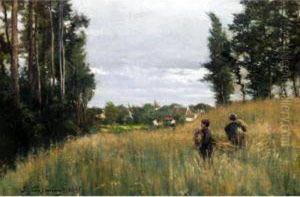
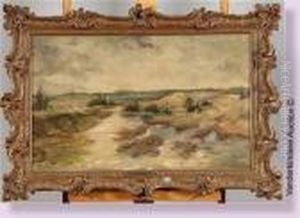
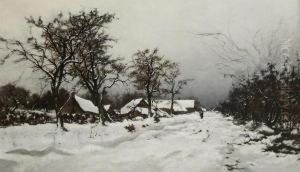
![[etang Du Cure, A Genck]](https://www.niceartgallery.com/imgs/1243992/s/joseph-theodore-coosemans-etang-du-cure-a-genck-69067365.jpg)
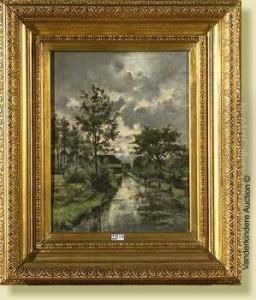
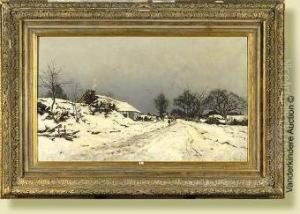
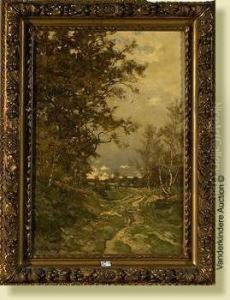
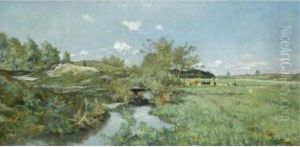
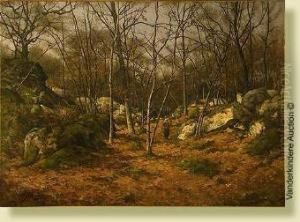
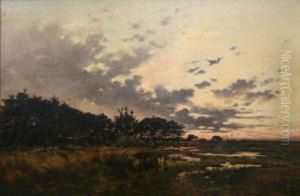
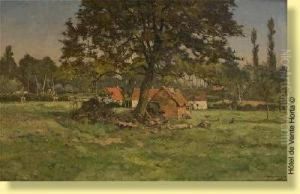
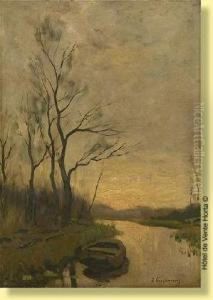
![[les Sapinieres De La Campine]](https://www.niceartgallery.com/imgs/1243983/s/joseph-theodore-coosemans-les-sapinieres-de-la-campine-db83c87b.jpg)
![[le Hameau]](https://www.niceartgallery.com/imgs/1243982/s/joseph-theodore-coosemans-le-hameau-c614823.jpg)
